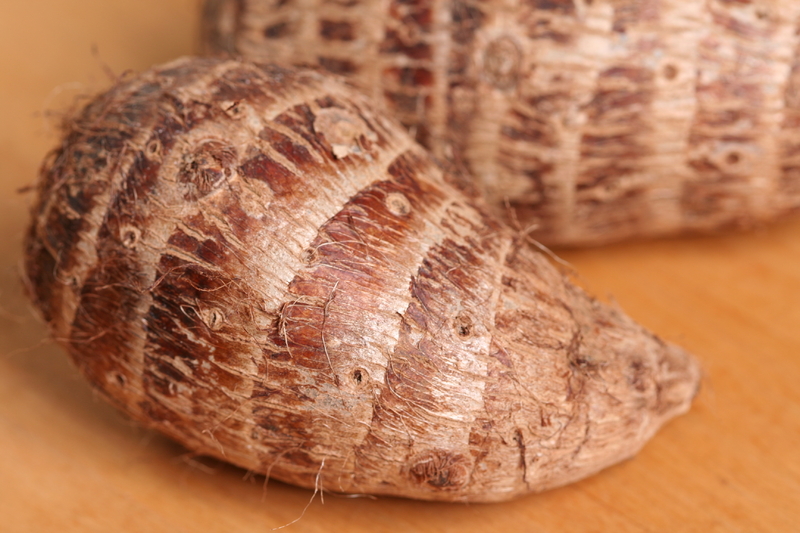When I think of my favourite vegetable, the potato doesn’t immediately come to mind. Yet, it is the most widely-consumed vegetable in North America. Even the United Nations touted 2008 as the International Year of the Potato.
But the potato isn’t the only tuber that can show its starch. Its tropical counterpart, the taro root, is not only popular in consumption for Oceanic populations, but is rich in tradition and history. Hawaiian culture esteems the taro root as the most important of all crops. Historically, they believed the taro plant to be their original ancestor. When eating poi, a pasty Hawaiian gruel made from boiled and mashed taro root, family and community members set aside their disagreements in honour of their ancestors.
Taro root is cultivated throughout Africa, Asia, Central and South America, in addition to the Caribbean and Polynesian islands. While the taro plant is grown primarily for the edible corm, its large green leaves can be steamed or boiled similar to turnip or mustard greens.
While poi may be one of the most common ways to prepare taro root, it may not be the most comforting, particularly the fermented version which takes on a sour flavour. With its mild but nutty taste, taro root can be cooked in similar ways to a potato, yam or parsnip – fried, baked, roasted, or added to stews and soups. Considerably firmer than a potato, taro takes longer to cook, but is well worth the extra time.
What distinguishes the taro root from the potato is its hairy, outer inedible coating. Inside, the flesh is white, and secretes a slimy juice containing calcium oxalate, which is irritating to the skin and harmful if eaten in large quantities. Peeling the corms brings out the sting in my paper cuts and chapped hands, so I find it helpful to peel the tuber under running water, or after rubbing vegetable oil over my hands as a protective coating.
Cooking the taro root destroys the harmful calcium oxalate, making it safe for consumption. Once cut into, taro rapidly oxidizes, causing the inside flesh to turn a purplish-gray. To prevent discolouration, submerge the taro in a container of water until ready to cook. Unfortunately, the oxidation process turns mashed taro root an unappealing grayish colour, which may dissuade picky little eaters from enjoying the wonderful taste.
But it’s not all bad news. The taro root’s starch is the most easily digestible of all tubers. Taro roots also provide a good source of fibre, contain a high amount of protein, calcium, phosphorus, vitamins A and C, and contain about 110 calories per cup.
Taro flour is used in some infant formulas and canned baby foods as it assists with food sensitivities, including lactose intolerance. So the occasional switch from the popular potato to terrific taro root shouldn’t be too hard to swallow.

